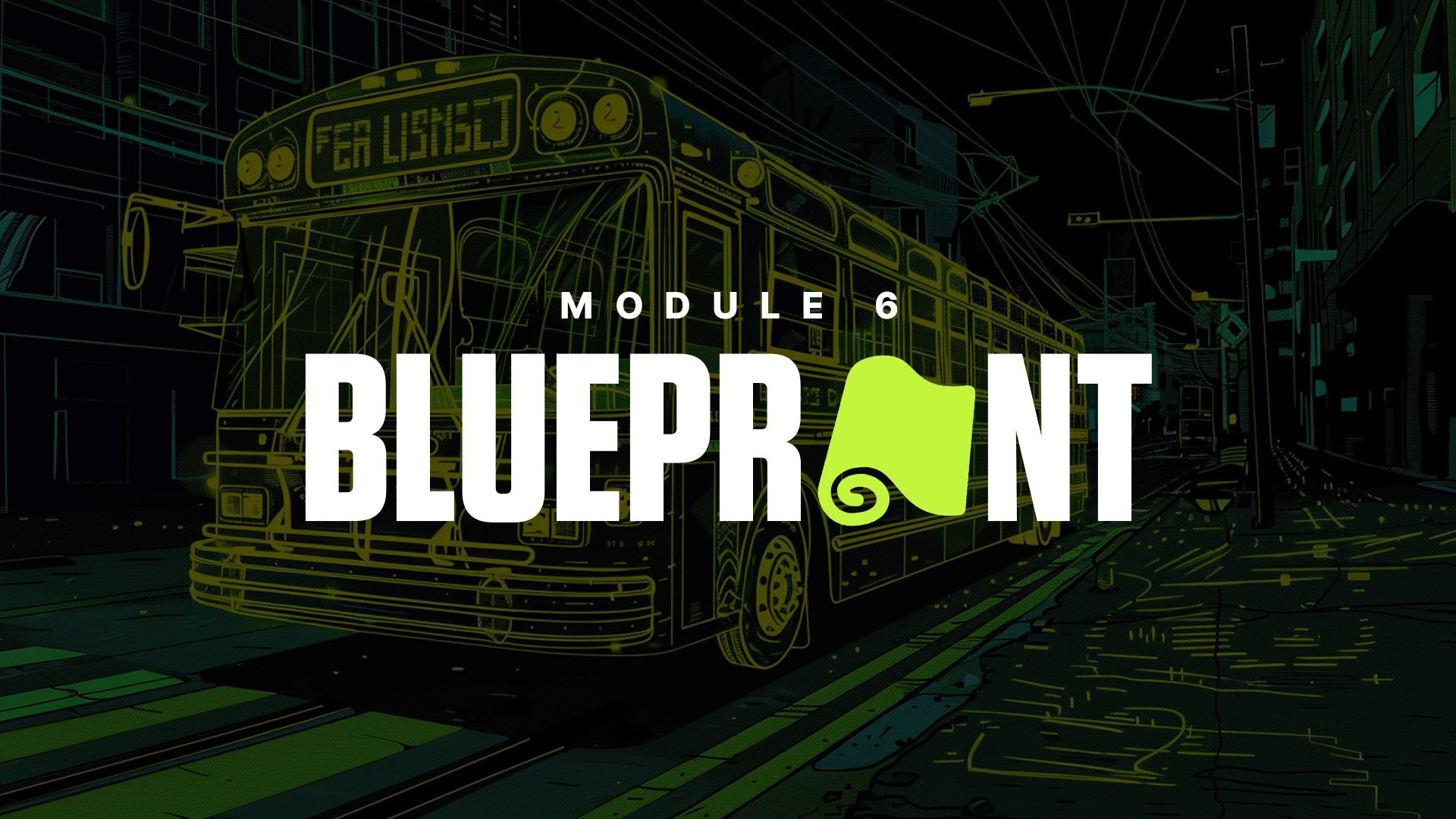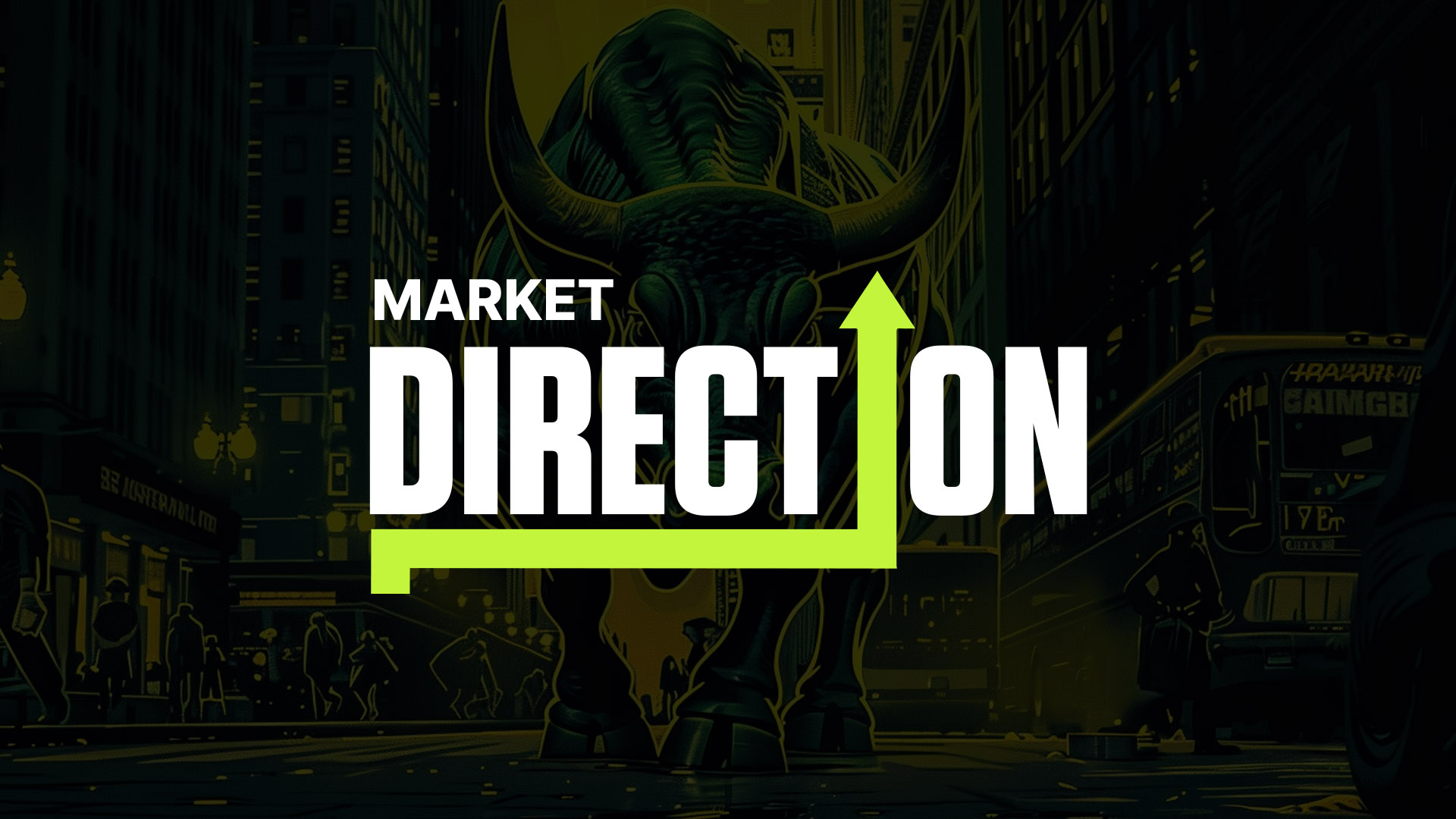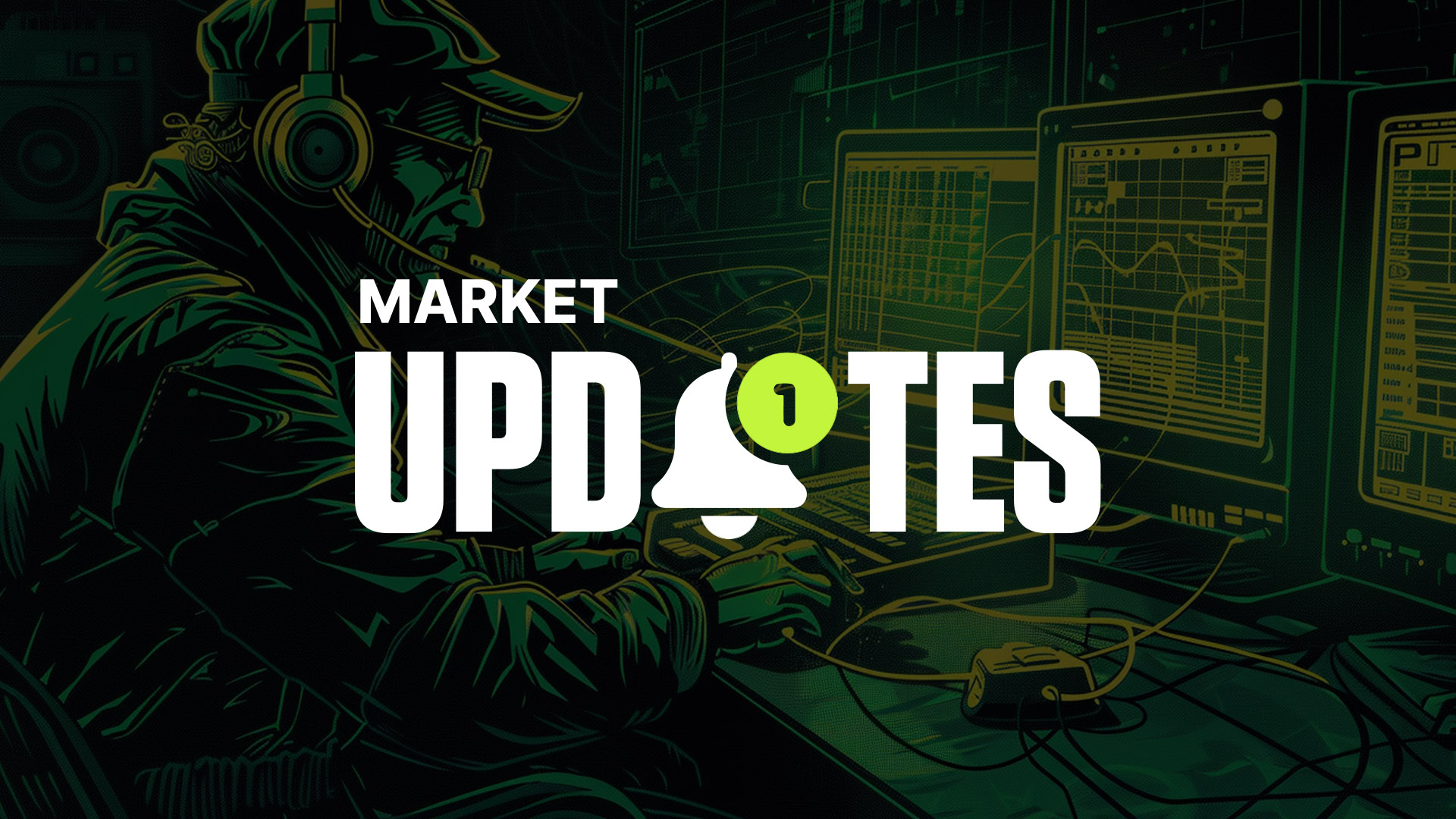
Bitcoin
In January 2009, the first cryptocurrency, Bitcoin (BTC) was introduced.Encoded in the Bitcoin genesis (first) block reads a message from its creator, Satoshi Nakamoto:
“The Times 03/Jan/2009 Chancellor on brink of second bailout for banks.”
Some of the reasons behind Bitcoin’s creation include the abuse of power by banks and governments and irresponsible policies.
A store of value that can’t be manipulated
The Bitcoin network is decentralised and runs on thousands of computers worldwide.
Every Bitcoin transaction has its own record on the Bitcoin blockchain. (Think of it like a digital list or ledger). This ledger is stored on a network of thousands of computers. It cannot be interfered with, creating authenticity and legitimacy.
The network is permissionless (anyone can use it). It is also censorship-resistant (no party can alter transactions on it). Users can make transactions at any time from anywhere in the world.
A few weeks after Bitcoin was launched, Nakamoto provided more detail on his motivations, highlighting the instability of traditional financial systems:
“The root problem with conventional currency is all the trust that’s required to make it work. The central bank must be trusted [...] but the history of fiat currencies is full of breaches of that trust”
As Satoshi stated in its whitepaper, Bitcoin is “a purely peer-to-peer version of electronic cash [that] would allow online payments to be sent directly from one party to another without going through a financial institution.” In other words, Bitcoin removes the need to rely on a ‘trusted’ third party.
While Bitcoin is not efficient enough to be used as a peer-to-peer electronic cash, it has fallen into its use case as a store of value.
Token release schedule
Bitcoin’s creator, Satoshi Nakamoto, decided that only 21 million Bitcoin would ever exist. When the last BTC is released, 21 million coins will circulate in the market. This number will never increase. With fiat currencies, governments and central banks can print more money at their discretion. This verifiable scarcity is essential to Bitcoin’s value proposition.A new Bitcoin block is added to its blockchain every 10 minutes. ‘Miners’ are rewarded with BTC for every validated block. (We discuss mining in more detail in Module 4: Consensus Mechanisms).
When the Bitcoin supply reaches its limit of 21 million, no additional BTC will ever be created. At this time, Bitcoin mining fees will disappear. Miners will likely earn income from transaction fees only instead of a combination of block rewards and transaction fees.
Mining difficulty
‘Mining difficulty’ refers to the effort required to mine a Bitcoin block. The Bitcoin network has certain rules that cause this difficulty to increase or decrease depending on the amount of mining power on the network. This ensures Bitcoin blocks are created in line with the inflation plan. As mentioned above, Bitcoin sets the block time at about 10 minutes.As Satoshi Nakamoto put it: “As computers get faster and the total computing power applied to creating bitcoins increases, the difficulty increases proportionally to keep the total new production constant. Thus, it is known in advance how many new bitcoins will be created every year in the future.”
Halving
When Bitcoin first launched, the block reward (for every block that is validated) stood at 50 BTC per block. According to Bitcoin’s rules, this reward is cut by 50% every 4 years. This process is known as halving. It ensures new coins are issued steadily until the maximum supply is finally reached.As there will only ever be 21 million Bitcoin, there will only ever be 32 halving events. Once the 32nd halving event is complete, Bitcoin’s maximum supply of 21 million coins will have been reached. This will probably occur around the year 2140.
At the next halving, in 2024, the number of bitcoins released per block will drop to around 3.125.
Halving & price
After every halving, the value of mined coins will likely rise. (If fewer BTC are released and the demand remains the same, the price will rise). Understanding the concept of halving is useful for crypto traders. There is typically a positive correlation between halving events and price, especially with BTC. BTC halvings have historically resulted in bull runs (a positive trend in crypto prices, as seen below).
It’s likely that we won’t see any significant inflationary pressure that could decrease the value of Bitcoin as it’s fixed. Inflation decreases every 4 years through halving, meaning there won’t be any surprises.
The Lightning Network
Bitcoin was designed as a decentralised digital payment system where users could access it anywhere and remain anonymous. However, it was not designed to be scalable. As more people used the network, it became slower, more expensive, and unsuitable for small, everyday purchases.To improve scalability, developers created The Lightning Network. It is a second layer for Bitcoin that complements the main blockchain network. We discuss Layer 2s in more detail in Module 5: Blockchain Layers.
The Lightning Network processes transactions “off-chain” (off the main Bitcoin chain). It improves Bitcoin’s capability to process more transactions more quickly.
On the Lightning Network, payments are instant. They are processed “off-blockchain.” This means they are significantly cheaper than those made directly on the Bitcoin network.
While the Bitcoin network can process about 7 transactions per second, the Lightning network can handle up to 1,000,000 transactions per second. Transactions on the Lightning Network occur almost in real time. They also cost little to nothing, making them suitable for microtransactions.
The Lightning Network is not exclusive to Bitcoin. Other cryptocurrencies, such as Litecoin, have also used specialised versions of it. Ethereum and Solana have what’s known as ‘Layer 2s.’ Layer 2s work on the same premise as the Lightning Network, more on that in Module 5.
Through this exploration, we gain insight into Bitcoin's core mechanism, its role as a digital store of value, and the technical underpinnings that safeguard its integrity and scarcity.
Continue reading by joining Cryptonary Pro
$997/year
Get everything you need to actively manage your portfolio and stay ahead. Ideal for investors seeking regular guidance and access to tools that help make informed decisions.
For your security, all orders are processed on a secured server.
As a Cryptonary Pro subscriber, you also get:
Success Guarantee, if we don’t outperform the market, you get 100% back, no questions asked
24/7 access to experts with 50+ years’ experience
All of our top token picks for 2025
Our latest memecoins pick with 50X potential
On hand technical analysis on any token of your choice
Weekly livestreams & ask us anything with the team
Daily insights on Macro, Mechanics, and On-chain
Curated list of top upcoming airdrops (free money)
100% Success Money Back Guarantee
If our approach doesn’t outperform the overall crypto market during your subscription, we’ll give you a full refund of your membership. No questions asked. For quarterly and monthly subscribers this is applicable once your subscription runs for 6 consecutive months.
Our track record speaks for itself
With over 2.4M tokens and widespread misinformation in crypto, we cut through the noise and consistently find winning assets.
Our track record speaks for itself
With over 2.4M tokens and widespread misinformation in crypto, we cut
through the noise and consistently find winning assets.
Frequently Asked Questions
Can I trust Cryptonary's calls?
Yes. We've consistently identified winners across multiple cycles. Bitcoin under $1,000, Ethereum under $70, Solana under $10, WIF from $0.003 to $5, PopCat from $0.004 to $2, SPX blasting past $1.70, and our latest pick has already 200X'd since June 2025. Everything is timestamped and public record.
Do I need to be an experienced trader or investor to benefit?
No. When we founded Cryptonary in 2017 the market was new to everyone. We intentionally created content that was easy to understand and actionable. That foundational principle is the crux of Cryptonary. Taking complex ideas and opportunities and presenting them in a way a 10 year old could understand.
What makes Cryptonary different from free crypto content on YouTube or Twitter?
Signal vs noise. We filter out 99.9% of garbage projects, provide data backed analysis, and have a proven track record of finding winners. Not to mention since Cryptonary's inception in 2017 we have never taken investment, sponsorship or partnership. Compare this to pretty much everyone else, no track record, and a long list of partnerships that cloud judgements.
Why is there no trial or refund policy?
We share highly sensitive, time-critical research. Once it's out, it can't be "returned." That's why membership is annual only. Crypto success takes time and commitment. If someone is not willing to invest 12 months into their future, there is no place for them at Cryptonary.
Do I get direct access to the Cryptonary team?
Yes. You will have 24/7 to the team that bought you BTC at $1,000, ETH at $70, and SOL at $10. Through our community chats, live Q&As, and member only channels, you can ask questions and interact directly with the team. Our team has over 50 years of combined experience which you can tap into every single day.
How often is content updated?
Daily. We provide real-time updates, weekly reports, emergency alerts, and live Q&As when the markets move fast. In crypto, the market moves fast, in Cryptonary, we move faster.
How does the success guarantee work?
If our approach to the market doesn’t beat the overall crypto market during your subscription, we’ll give you a full refund of your membership fee. No questions asked. For quarterly and monthly subscribers this is applicable once your subscription runs for 6 consecutive months.


















